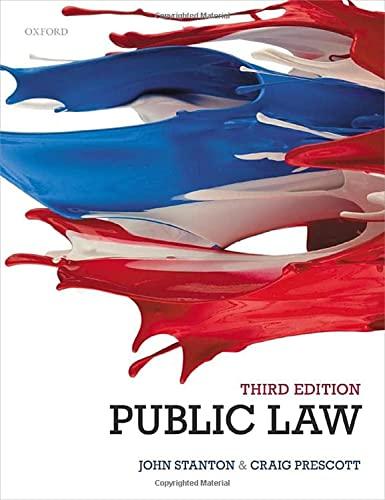

INTERPRETATION OF REAL ESTATE LEGISLATION 1 You (the learner) to provide interpretation services real estate legislation. Mr. Smith is a businessman who invests in real estate frequently. Mr. Smith wants to sale one of his houses from the residential area of Springvale and purchases a commercial land to build a shopping mall. You as a real estate agent are given a job to identify and access the recent amendments in real estate rules and regulations regarding sale and purchase of land in a residential and commercial area of Australia. Communicate these legislative requirements and amendments to the clients. Arrange the source documents of the real estate legislation applicable to this scenario. Make a video of communication with the client regarding the interpretation of real estate legislation. Submit the video along with the legislative documents for assessment. Use this template to record details of the process. Learner Name Real Estate Agency name Date Name of the landlord Name of the Client Nature of real estate business (for example Land settlement/ purchasing or selling land or property/ leasing land or property ) What other stakeholders will be involved What legal/industry requirements are relevant to this real estate business Were any of the following undertaken? (If so provide details) What process did you use to clarify client and real estate requirements How did you confirm the validity of client intentions and information?? What research did you undertake for marketing? Signing agency documents Communication with stakeholders Using networks Record keeping of all the(01.06, 01.07 HC) In 1984, Congress enacted legislation ordering the Secretary of Transportation to withhold 5 percent of federal highway funds from states that did not adopt a 21-year-old minimum drinking age. South Dakota, a state that permitted persons 19 years of age to purchase alcohol, challenged the law. In South Dakota v. Dole (1987), the Court delivered a 7 to 2 decision that held that Congress, acting indirectly to encourage uniformity in states' drinking ages, was within constitutional bounds. The Court found that the legislation was in pursuit of "the general welfare," and that the means chosen to do so were reasonable. The Court also held that the constitutional limitations on spending power were not prohibitions on congressional attempts to achieve federal objectives indirectly. The 5 percent loss of highway funds was not excessive. Source: Oyez, South Dakota v. Dole (1987) (A) Identify the constitutional clause that is common to both South Dakota v. Dole (1987) and United States v. Lopez (1995). The constitutional clauses that were infringed upon in the cases above include the Commerce Clause and the Spending Clause.Tests to prove intent - Purposeful versus Substantial Certainty Intent 1. What are the tests for intent from Garratt v Dailey? 2. HYPO 1 (Use the tests regarding intent extracted from Garratt v Dailey to resolve this HYPO) Suppose Del Duffus, who is a 6'5", 280 lb. dockworker, is introduced to Tiny Tim, who is 5' tall and weighs 110 lbs. Mr. Duffus shakes Mr. Tim's hand so hard that it dislocates his shoulder. Can Mr. Tim Recover Damages from Mr. Duffus for a Battery? What is Duffus' specific conduct that may be actionable? In other words, What did Duffus do ay expose him to liability for battery? 3. HYPO la. Suppose Mr. Tim suffers from osteoporosis and that Mr. Duffus knows this. Does this change the outcome of hypo 1











